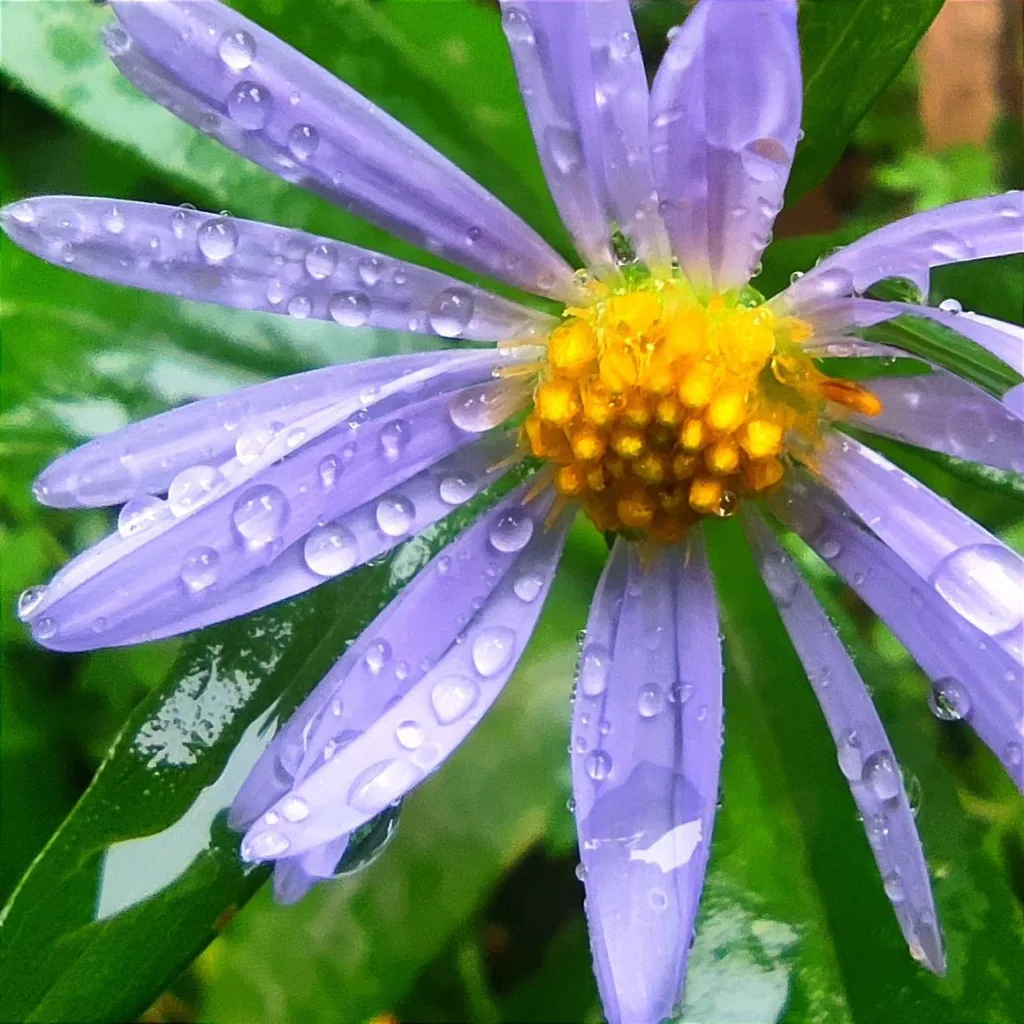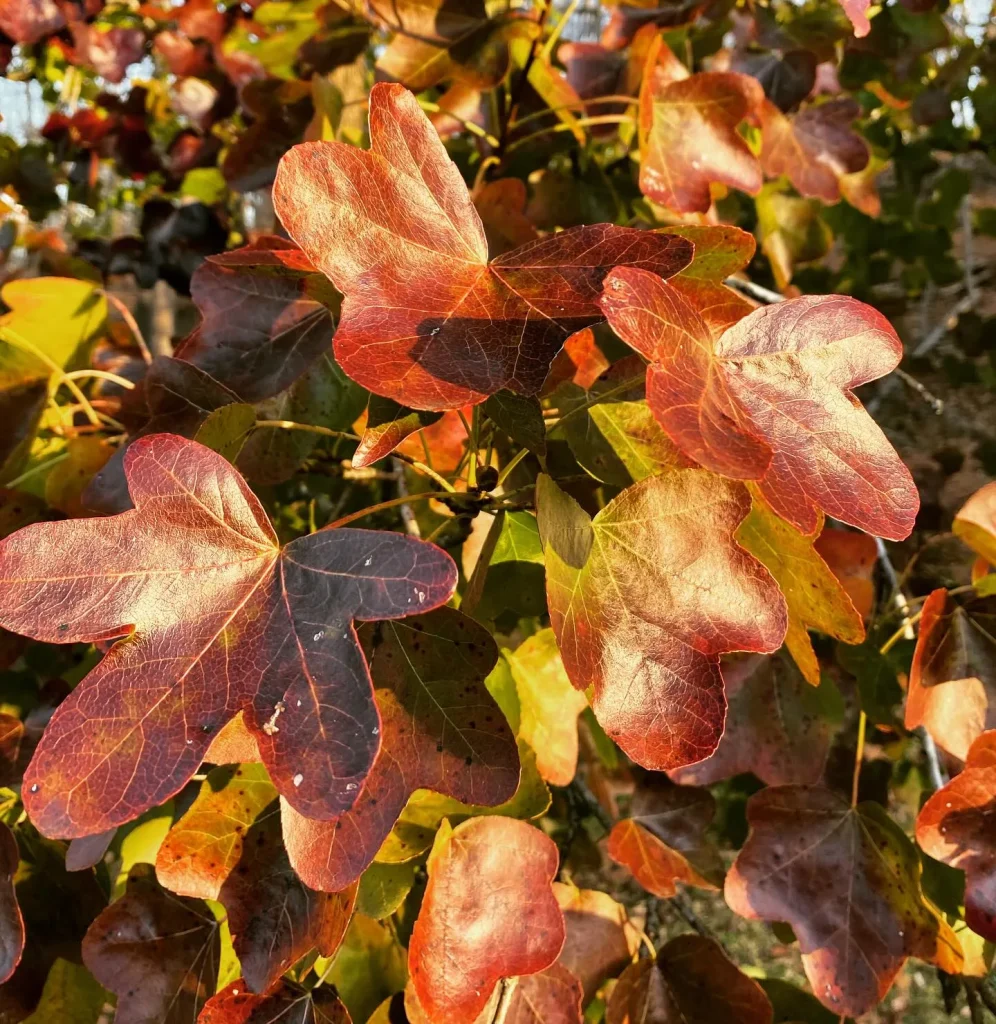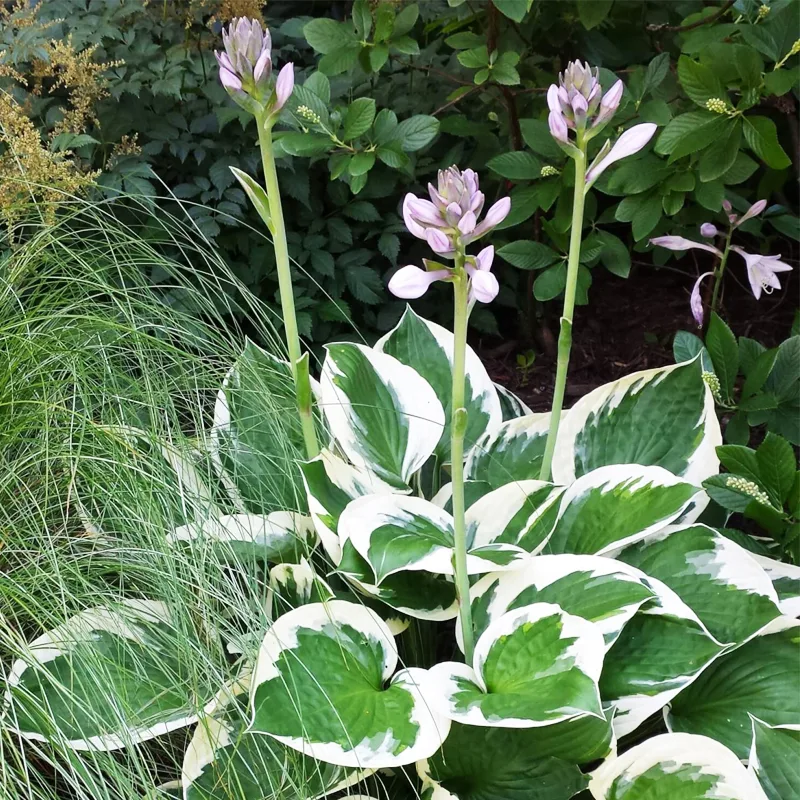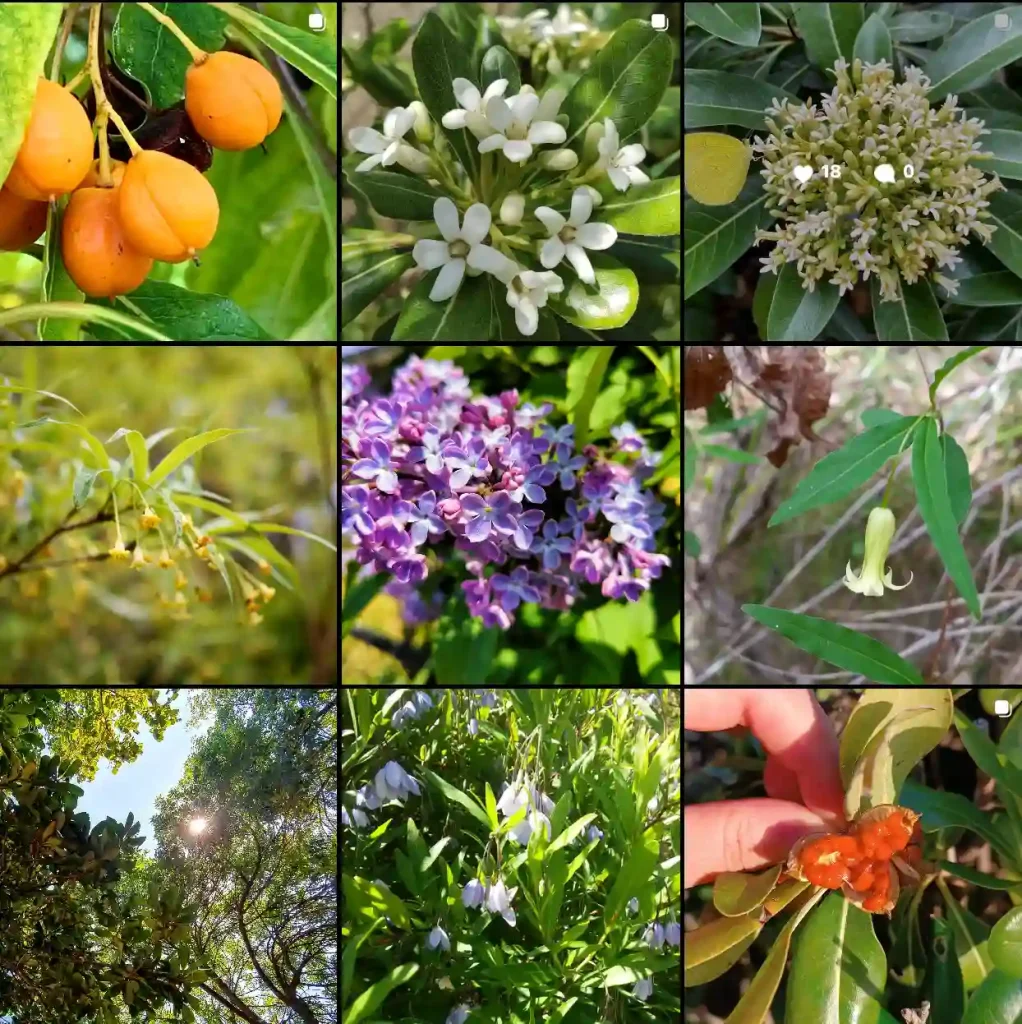Understanding the Petermanniaceae Family
In my exploration of plants, I’ve often stumbled upon unique plant families that aren’t as widely discussed. One such family that has captured my interest is Petermanniaceae. While it’s not a household name, this small family holds its own significance in the plant world. In this post, I’ll dive into what makes the Petermanniaceae family so intriguing, focusing particularly on its sole genus, Petermannia.
The Background of Petermanniaceae
Petermanniaceae is a relatively small family of flowering plants. What makes it stand out is that it’s monotypic, meaning that the entire family is represented by a single genus—Petermannia. This is unusual in botany, where most families encompass several genera. Despite its modest size, the family has a number of noteworthy traits, especially for those of us passionate about plant biology and diversity.
One of the reasons I find the Petermanniaceae family interesting is its limited distribution. It’s native to certain regions of Australia and New Guinea, areas known for their rich biodiversity. I believe that focusing on such lesser-known families helps me understand the broader tapestry of plant life and how each species contributes to our ecosystem.
Petermannia: The Star of the Family
The genus Petermannia is the sole representative of this family, and it’s a fascinating one. Petermannia species are climbing plants, which is always a trait I admire. There’s something beautiful and elegant about the way climbing plants wind their way up trees or walls. As a fan of climbing species like Philodendron and Monstera, I’ve often found myself drawn to plants with similar growth habits.
What stands out to me about Petermannia is its adaptability. It can thrive in various environments, whether shaded forest floors or more open areas. This flexibility is key to its survival, especially in regions like Australia and New Guinea, where weather and environmental conditions can vary dramatically.
Morphology of Petermannia
The morphology of Petermannia is intriguing. It has simple, alternate leaves with a leathery texture. These characteristics are not just for show; the leaves have evolved to help the plant conserve water and thrive in environments where moisture can be inconsistent. This makes it a resilient plant—something I always look for when adding to my collection of more demanding species.
One aspect I appreciate about Petermannia is its flowers. While not as showy as some other climbing plants, the flowers are delicate and understated. They are often greenish-white, tubular, and small, arranged in clusters. Their structure is quite simple compared to the more elaborate blossoms of other flowering plants. This minimalist beauty can sometimes be overlooked, but I find it adds to the plant’s charm.
Ecological Significance
In the ecosystem, Petermannia plays a vital role. As a climber, it interacts closely with the trees and shrubs it uses for support. This not only helps it grow but also contributes to the surrounding plant community by providing shelter and microhabitats for various small creatures. The vines can offer nesting sites for birds or resting spots for insects. While Petermannia might not be the most dominant plant in its environment, it’s an essential part of the biodiversity in its native habitats.
Additionally, the presence of Petermannia in regions like Australia and New Guinea highlights the ecological diversity of these areas. I’ve always been amazed at how these regions continue to surprise botanists with their unique flora and fauna. Discovering more about such plants allows me to appreciate the broader context of global biodiversity.
The Taxonomic Mystery
One thing that keeps me fascinated by the Petermanniaceae family is its taxonomic placement. For years, botanists have debated where to classify this family. Initially, it was grouped with Liliaceae, but more recent molecular studies have placed it closer to Alstroemeriaceae or Colchicaceae. This back-and-forth reflects the complexity of plant taxonomy, which, as someone who enjoys exploring plant classifications, is endlessly engaging.
The shifting classifications remind me that our understanding of plant families is always evolving. New discoveries, especially with advancements in genetic research, have reshaped how we group plants. It’s a humbling reminder that there’s always more to learn, and I find that exciting.
My Thoughts on Growing Petermannia
For those who enjoy climbing plants, Petermannia is a genus worth exploring. While it’s not as widely available in nurseries as some more popular species, the effort to find and grow it is rewarding. Its ability to adapt to various growing conditions makes it relatively easy to care for, although it does prefer well-draining soil and some support to climb.
One thing I’ve noticed with similar plants is the importance of providing a structure for them to climb. Whether it’s a trellis or simply allowing it to grow along a fence, supporting the plant encourages healthy growth. Additionally, since Petermannia is native to areas with fluctuating conditions, mimicking a somewhat tropical environment—humidity and warmth—can help it thrive in a home garden.
Conclusion
In exploring the Petermanniaceae family and its genus Petermannia, I’ve come to appreciate the beauty and resilience of lesser-known plant species. While it may not have the flashiness of some other climbers, Petermannia brings an understated charm to the plant world. Its adaptability, intriguing morphology, and ecological significance make it a genus worth noting, especially for plant enthusiasts looking to diversify their collections.
For me, part of the joy of gardening and plant exploration lies in discovering these hidden gems. The Petermanniaceae family, though small, offers an example of how even the most modest families can have a big impact on our understanding of plant life.
If i die, water my plants!



